The cost of receiving stitches without insurance varies based on factors like the severity of the wound, location, and medical facility. This article will break down the typical expenses associated with getting stitches and explore potential options for managing these costs.
How Much Does It Cost to Get Stitches Without Insurance?
Urgent care facilities provide stitching services, often charging between $165 and $415 when uninsured. If you have insurance, expenses involve your copay and potential uncovered fees.
Typically, stitches are separate from the initial visit cost at urgent care centers where they’re offered.
What Are Surgical Stitches?
Surgical stitches, also known as sutures, are medical threads used to bring together and close the edges of a wound or incision. They are a crucial part of the healing process after surgeries, injuries, or other procedures that involve cutting the skin.
Stitches help to minimize bleeding, reduce the risk of infection, and promote proper wound healing by holding the tissue together until it can naturally mend.
When Should You Get Stitches?
Wounds are a common occurrence in our daily lives, ranging from minor cuts to deeper gashes. While many minor wounds can be treated at home with basic first aid, there are instances where seeking medical attention and getting stitches becomes essential for proper wound healing and minimizing potential complications.
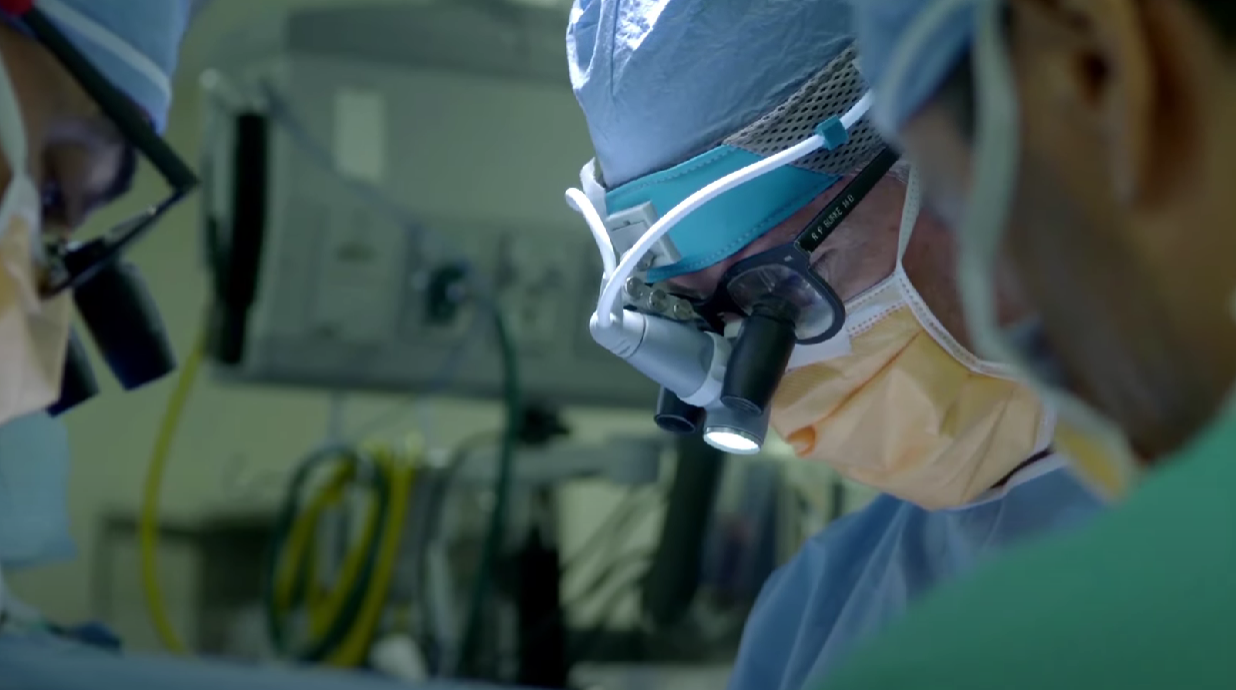
The decision to get stitches is usually determined by factors like the depth, length, and location of the wound. Stitches help to approximate the edges of the wound, reducing the risk of infection, minimizing scarring, and promoting quicker healing.
Deep and Wide Wounds
Wounds that are deep enough to expose underlying tissue layers and wide enough that the edges can’t naturally come together are prime candidates for stitches. Stitches help in aligning the tissue properly, allowing it to heal efficiently.
Bleeding Control
If a wound is bleeding significantly and the bleeding doesn’t stop with basic first aid measures, it’s a sign that medical attention is needed. Stitches can help in closing the wound and preventing further bleeding.
Facial and Cosmetic Areas
Wounds on the face, especially those that are deep or likely to leave noticeable scars, should be evaluated by a medical professional. Stitches in these areas are not only important for healing but also for cosmetic reasons.
High Tension Areas
Wounds in areas that experience a lot of movement and tension, such as joints, may require stitches to ensure that the wound stays closed during the healing process.
Risk of Infection
Wounds that are at a higher risk of infection due to their nature, location, or potential exposure to contaminants, benefit from being closed with stitches to minimize the risk of pathogens entering the wound.
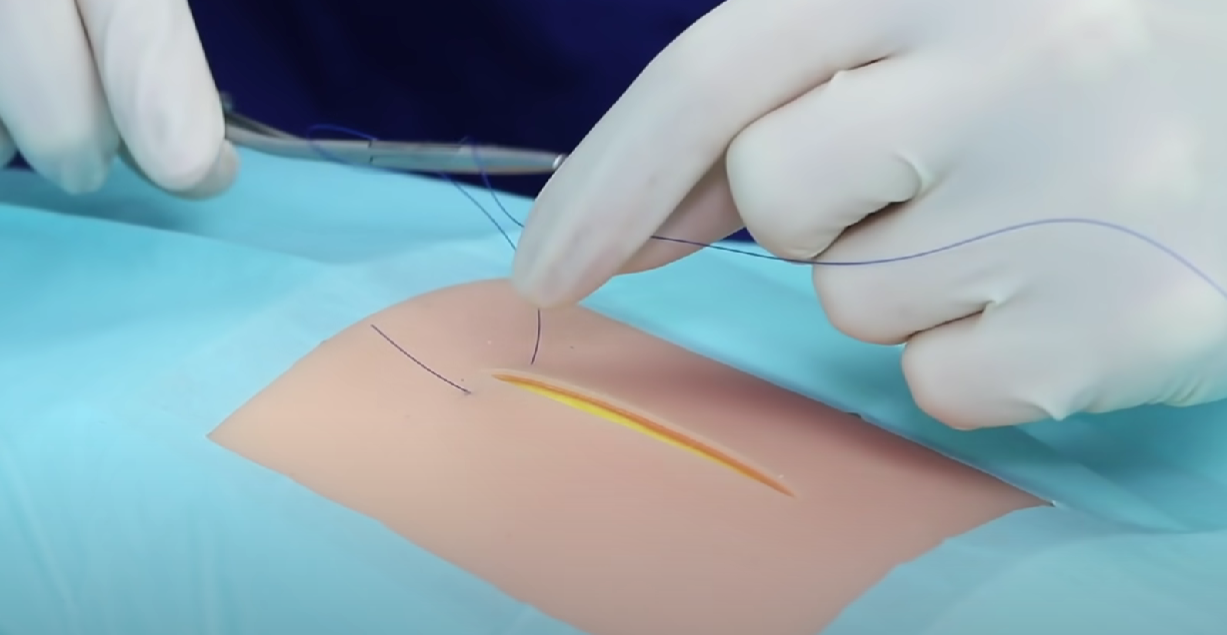
Delayed Treatment
If a wound wasn’t initially stitched and it starts to show signs of not healing or becomes infected after a few days, seeking medical attention promptly is crucial. Delayed closure might still be beneficial in these cases.
What Are the Different Factors That Affect the Cost of Stitches?
When it comes to receiving medical care, understanding the factors that contribute to the cost is essential for making informed decisions. The price of stitches can vary significantly based on a range of factors, from the type of healthcare facility to the complexity of the wound. Here are the key elements that influence the cost of getting stitches.
Type of Healthcare Facility
The type of healthcare facility you visit for stitches can have a substantial impact on the price. Emergency rooms in hospitals tend to be more expensive compared to urgent care centers or clinics.
The level of specialized care, equipment, and overhead costs associated with hospitals can contribute to the higher price tag.
Severity and Complexity of the Wound
The severity and complexity of the wound play a significant role in determining the cost of stitches. Superficial cuts that require minimal suturing will generally cost less than deep or extensive wounds that demand more time, expertise, and resources to properly close.
Location of the Wound
The location of the wound on your body can influence the price of stitches. Wounds in areas that are more delicate or challenging to access might require extra care and skill, impacting the cost.
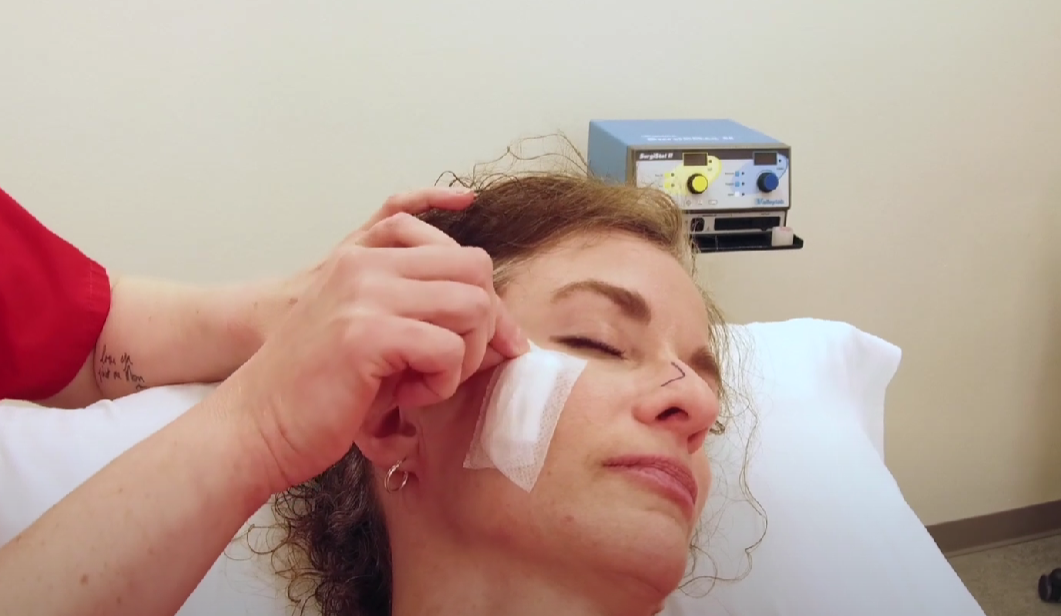
Additionally, wounds in highly visible or cosmetic areas, like the face, might involve additional costs due to the importance of achieving aesthetically pleasing results.
Medical Personnel Involved
The medical professionals involved in providing stitches can also affect the cost. Stitches performed by highly specialized doctors or surgeons might come with a higher price due to their expertise and experience.
Physician assistants or nurse practitioners, on the other hand, could offer more cost-effective options for simpler wounds.
Materials Used
The type of sutures and materials used can influence the cost. Some specialized sutures, such as those designed for specific areas of the body or those that dissolve over time, might come at a premium.
Higher-quality materials might contribute to better healing and reduced scarring, but they can also add to the overall cost.
Additional Services and Medications
Ancillary services and medications, such as numbing agents, antibiotics, and pain relievers, can be included in the final cost. These are often necessary to ensure the comfort and proper healing of the patient, but they can contribute to the overall expense of the procedure.
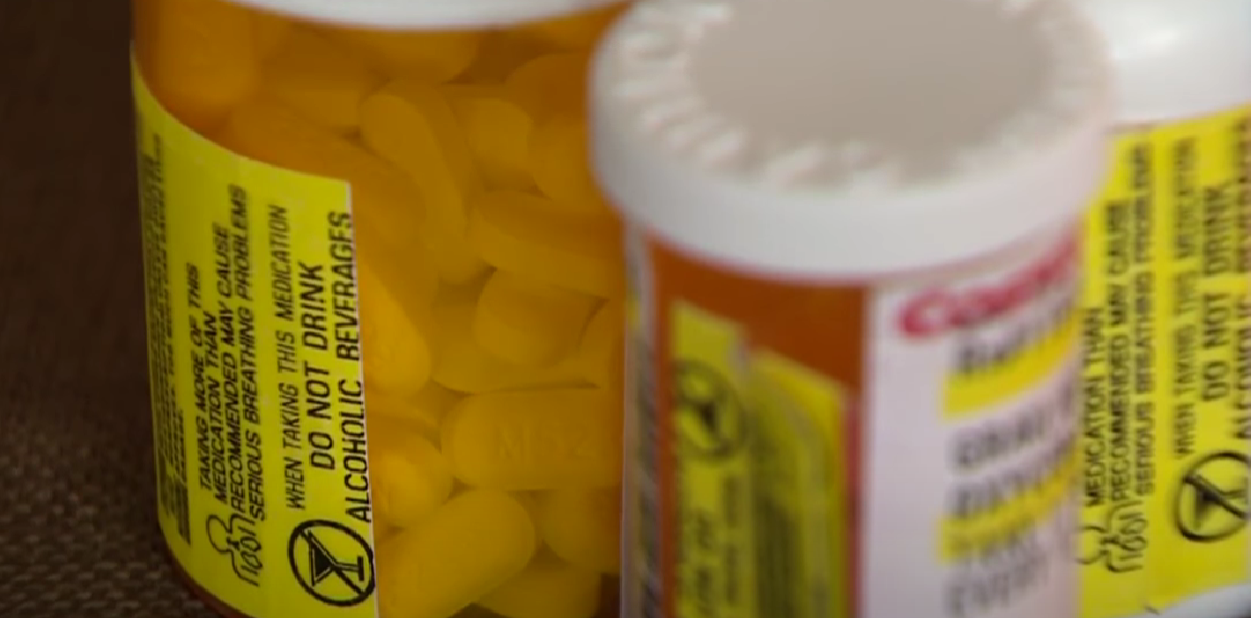
Should You Go to the Emergency Room (ER) or Urgent Care for Stitches?
Deciding between the emergency room (ER) and urgent care [1] for stitches depends on the severity of the wound. If the wound is deep, bleeding heavily, located on the face or other sensitive areas, or associated with other severe injuries, the ER is the best choice.
ERs offer specialized care, advanced equipment, and the expertise to handle complex cases. On the other hand, if the wound is less severe, not actively bleeding, and doesn’t involve other serious medical issues, urgent care can be a more cost-effective and efficient option.
Urgent care centers provide timely stitching services, often with shorter wait times and lower costs compared to the ER. It’s essential to assess the urgency and severity of the situation to make an informed decision.
Do You Have to Pay to Have Stitches Removed?
There is typically a cost associated with having stitches removed. The cost can vary based on factors such as the healthcare provider you visit and your location. It’s advisable to check with your healthcare provider or clinic beforehand to inquire about the specific charges for stitch removal.
In some cases, if the stitches were placed at the same facility, stitch removal might be included in the initial procedure’s cost.
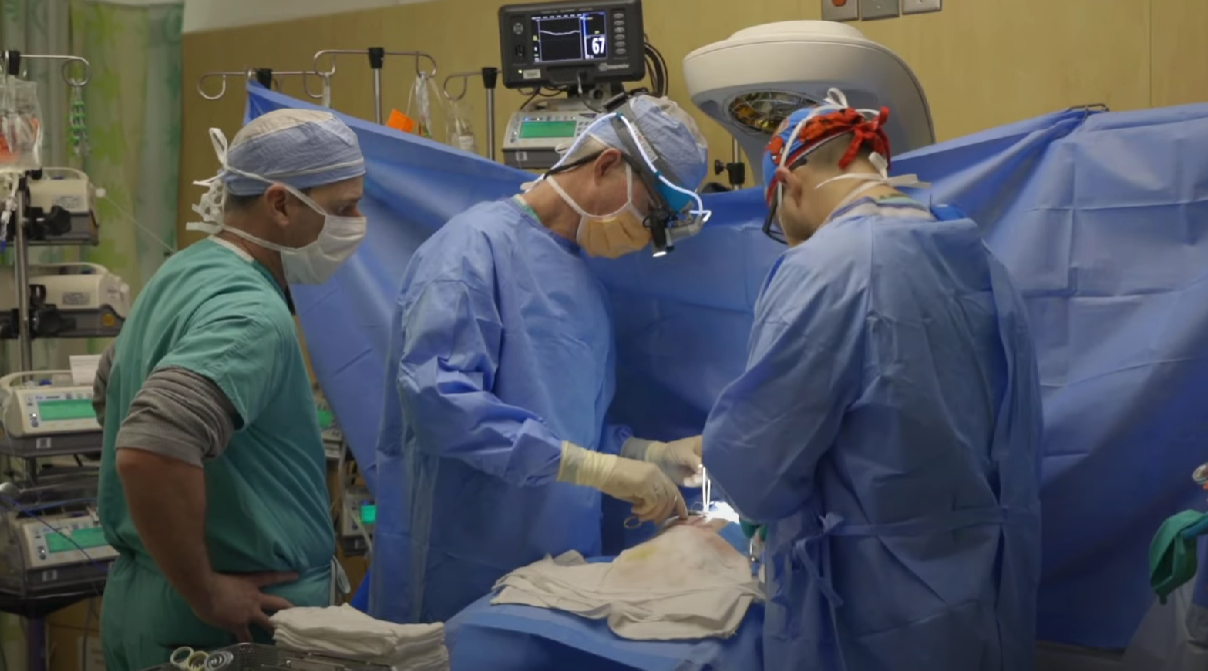
Conclusion
The cost of receiving stitches without insurance varies based on factors such as the wound’s severity and the healthcare facility. It generally ranges between $165 and $415, encompassing the medical service and potential additional expenses.
It’s important to be aware of these costs and explore options for managing them effectively.

